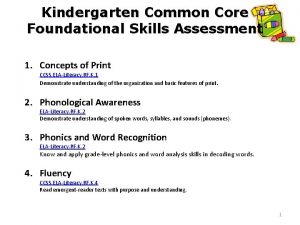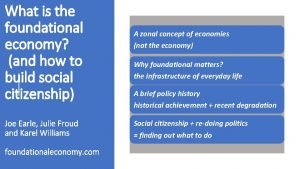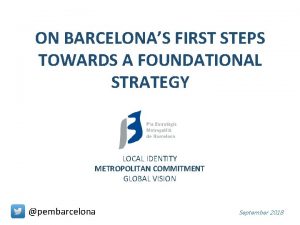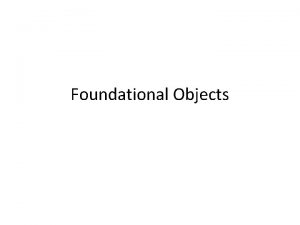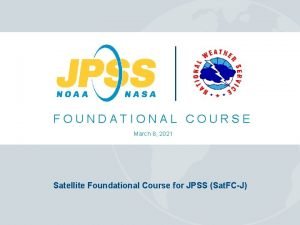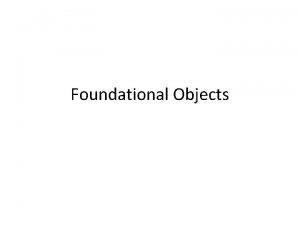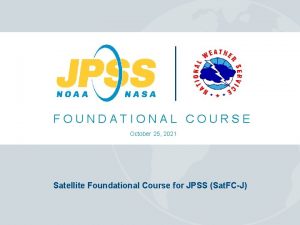ASDP Infusing Institute Project Development of a Foundational










- Slides: 10

ASDP Infusing Institute Project Development of a Foundational World Languages and Cultures course v. To encourage students to study non-western languages and cultures v. To diversify World Languages Concentration option, especially in Chinese and Japanese study v. Connect World Languages study with corresponding cultural courses offered

INTRODUCTION TO WORLD LANGUAGES & A BRIEF SURVEY OF CHINESE, JAPANESE, ARABIC AND KHMER, LANGUAGE AND CULTURE

The Need for the Course v. To raise students’ awareness of the diversity and number of world languages and cultures, especially non-western ones v. To assist students to make an educated decision before signing up to study a language v. To “direct/guide” students to continue their Chinese and/or Japanese study through courses created by previous Infusing Institute participants

Institutional and Departmental Considerations v. The plan for this course is to fulfill a program requirement in the v. World Languages Program and possibly v. Global Studies Program v. Three ISLO’s (Institutional Student Learning Outcomes) will be developed and assessed within the course: v. Written and Oral Communication v. Critical Thinking v. Multicultural and Global Literacy

Proposed Instructional schedule v. Week 1: Introduction to World Languages v. Weeks 2 -4: Chinese language and culture v. Weeks 5 -7: Japanese language and culture v. Weeks 8 -10: Arabic language and cultures v. Weeks 11 -13: Khmer language and culture v. Weeks 14 & 15 Student presentations

Introduction to World Languages By the end of the week, students will be able to: v. Demonstrate awareness and appreciation for the diversity and multitude of languages and cultures v. Identify several major world language families v. Locate the countries on the map where major world languages are spoken v. Name the languages most widely spoken and estimate the number of people speaking them

Language & Culture Sessions After these sessions, students will able to v. Name a few important historical events of the country v. Demonstrate an introductory level understanding of the multiplicity of religions in each country v. Demonstrate an introductory level understanding of a new writing system v. Greet each other in the target language

Language & Culture Components v. The amount of time spent on language teaching will be a joint decision with the language instructors v. Intermediate level students could be asked to “show case” their oral skills and discuss their experiences with the language study (advertising : ) v. Students will be required to do some research on their chosen country based on assigned cultural readings v. Individually or as a team they will give a 15 minute presentation at the end of the semester v. A movie would provide a powerful authentic experience of each country

Collaborative Approach v. This course will be developed in collaboration with instructors and faculty members in the Humanities and Behavioral Science Division. v Flexible Studies Department will have a key role in the development and presentation as all the LCT languages are housed there. v. Course designers and presenters will include: v. A course coordinator v. Flexible Studies World Languages instructors v. Faculty members who have created cultural modules on either China or Japan v. Flexible Studies upper level students

Concluding Thoughts v. Piloting the new course in the Flexible Studies Department would be ideal. The reasons are: v. The enrollment necessary to run a course in Flexible Studies is lower than in the classroom v. The “flexible” budget structure in Flexible Studies makes it easy to employ instructors for short segments of time. v. We should consider inviting the college community at large to attend students’ presentations, in order to : v. Highlight students’ oral communication ISLO v. Enhance the overall appreciation and understanding of cultural diversity v. Advertise MCC’s fantastic Language and Culture Programs




